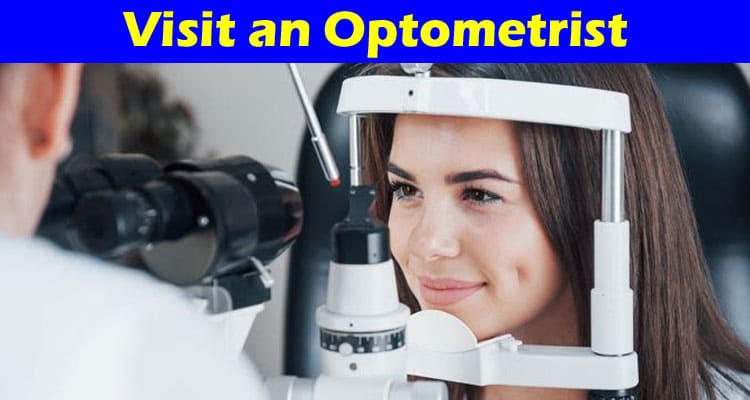An introductory paragraph clearly states the topic or question that your essay will examine. It also motivates the reader to continue reading your piece. Regular eye exams are the best ways to catch vision problems early. If you notice any of the following signs, schedule an appointment with your optometrist.
Red Eyes
Many of us experience a red eye from time to time. Fortunately, most cases are caused by less serious causes like allergies or viral infections and can be treated at home.
But, if you have persistent red eyes or your symptoms are worsening, this is a sign that it’s time to visit an optometrist. Your doctor can prescribe lubricating drops to reduce inflammation and make your eyes more comfortable.
It’s important to note that red eyes can also be a symptom of more serious health conditions, such as glaucoma or a stroke. Suppose your eyes are red with a yellow or green discharge, and you’re experiencing severe pain, a headache, or a fever. In that case, this is an emergency that requires immediate medical attention.
Difficulty Seeing at Night
If you struggle to see in the dark, especially when adjusting from bright to dim light, this is a sign that you should visit an eye doctor. Night blindness, or nyctalopia, can be caused by various conditions and diseases that affect the retina’s photoreceptor cells.
The cells in the retina allow us to detect motion and adapt to darkness/light while also allowing us to make out shapes. When these cells are damaged, it can be tough to see in the dark, as well as see halos around light sources.
Your optometrist will be able to perform a range of tests to help discover the root cause of your night vision issues. These may include shining a bright light into your eyes from different angles, testing the sharpness of your vision up close and at a distance with an eye chart, and a visual field test (using a sequence of lights).
Peripheral Vision Loss
The ability to see objects and movement on either side of you is called peripheral vision. This part of your eye’s field of vision is vital for avoiding injuries, walking safely, and performing many daily tasks. If you notice your peripheral vision fading, this is a sign you should visit an eye doctor right away. Peripheral vision loss is a serious symptom that numerous conditions and diseases can cause. These include glaucoma, optic neuritis, papilledema, and more. If left untreated, peripheral vision loss can lead to blindness.
Eye Infections
Eye infections are incredibly uncomfortable and can also be contagious and damage your vision. They are often the result of bacteria, fungi, or viruses that can be easily transmitted from person to person by touching the eyes or hands or breathing in airborne particles. An optometrist can diagnose the infection and prescribe antibacterial or lubricating drops to treat it and relieve the pain. They may also flush the eye professionally if the infection is severe and not cleared with over-the-counter medications.


